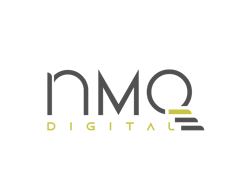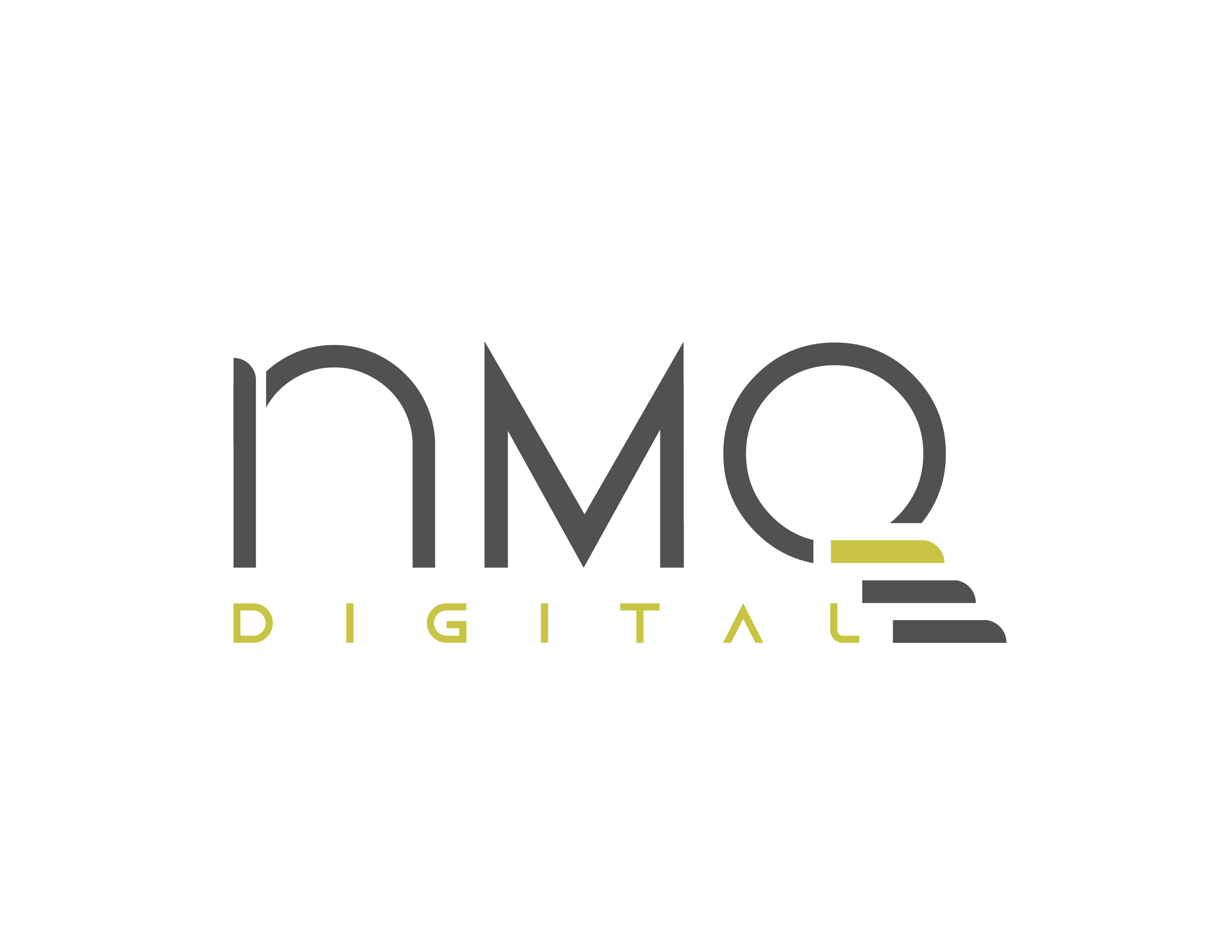In today's fiercely competitive business landscape, understanding your customers has become more important than ever. To stay ahead of the curve and build lasting relationships, companies must have a deep understanding of their customers' needs, preferences, and behaviors.
From their initial interactions with a brand to their ongoing experiences, customers leave valuable data that can help companies optimize their strategies and tailor their offerings. By investing in customer understanding, businesses can increase customer satisfaction, retention, and ultimately, their bottom line.
Before we get further into the topic, let us start by establishing some common definitions so that we can ensure we're all on the same page.
What is a customer?
A customer is someone who purchases goods or services from a business or organization. Customers can be individuals or other businesses, and they typically exchange money for the products or services they receive.
What is a conversion?
In the context of business and marketing, a conversion refers to a desired action taken by a customer or potential customer that is considered valuable to a business. The specific action that is considered a conversion may vary depending on the business, but it typically involves a customer taking a specific step that moves them closer to becoming a paying customer. Examples of conversions could include making a purchase, filling out a contact form, signing up for a newsletter, or downloading a white paper. What is important is that organizations should align on the definition and attribution for “conversion” internally before they start tracking it to avoid confusion later on.
What do we mean by understanding the customer and how it helps drive more conversion?
Understanding the customer means having a deep knowledge and empathy for the pains, needs, wants, and behaviors of the people who use your products or services. This involves gathering and analyzing data about your customer demographics, preferences, and behaviors, as well as seeking out feedback and insights directly from customers.
To understand how it helps to drive more conversion, let us start with 2 strong fun facts that I find quite powerful;
- Customers who find a company’s customer experience good are 34% more likely to make a repeat purchase. (Qualtrics XM Institute, 2020)
- Another study shows that 89% of business buyers would purchase from the same company again after a good experience. (Salesforce, 2020)
These are powerful examples of how understanding your customers could be a good conversion driver for your business.
Tailoring your products and services to the specific needs and preferences of your customers, based on your understanding of their pain points and reasons for choosing your brand over others, can enhance their satisfaction and loyalty. By providing unique experiences that cater to their individual needs and preferences, you create a lasting impression that associates your brand with their positive experience. As a result, they are more likely to become repeat customers, trusting in your brand without needing to conduct extensive research. This builds loyalty and can lead to more conversions from existing customers, as well as referrals to others in their social circle, ultimately resulting in increased conversions overall.
In addition to improving the quality of products and services, understanding the customer is also important for effective marketing and customer service. By understanding your customer's motivations and pain points, you can create a tailored and valuable content strategy that answers the pains or the needs of the customers, launch targeted marketing campaigns, and provide personalized customer support, which can help to build stronger relationships and increase customer loyalty.
In summary,
- Understanding the customer helps to build trust and loyalty among your customers which can result in repeat business
- You can develop a marketing and content strategy that is aligned with their needs and pains which can result in more customer acquisition
- You can launch more targeted marketing campaigns that are aligned with the needs of your customers which can help increase new customer acquisition
- You can get more cost-efficient by decreasing the cost of acquisition and increasing the ROI of your digital spend
- By optimizing your touchpoints, you can provide unique experiences to your customers which can result in repeat customers
- It can help you shape your GTM strategy so that it addresses the pains and the needs of your customers
What are the best practices to understand your customers? (The DO’s and DON’T’s)
The DO’S
Let us get practical now. Here are some ways to understand your customer and use that information to drive strategic insights for your business:
- Collect and analyze customer data: To truly understand the customer, you need to gather data about your customers' demographics, behaviors, and preferences. This can be done through a variety of methods, such as customer surveys, social media listening, website analytics, and customer feedback, whatever suits you best.
- Engage with customers directly: Engaging with customers directly through channels such as customer service interactions, focus groups, and social media conversations is among the most effective methods to gain an understanding of them. This approach can yield valuable insights into customer behavior and preferences and also presents opportunities to address any problems or worries that they might have. Keep in mind that without interacting with them, you cannot gain a full understanding of your customers.
- Monitor industry trends and competitors: Understanding broader industry trends and what your competitors are doing can also help you gain a better understanding of customer needs and preferences. This can help to identify new opportunities for growth and innovation, as well as potential gaps in the market that the business can fill.
- Use data-driven insights to inform decision-making: Once you have gathered data and insights about your customers, it's important to use that information to inform decision-making across the organization. This can help to create a customer-centric culture that prioritizes the needs and preferences of customers at every level of the business.
Once you have a good understanding of your customer and their preferences, then you can start to;
- Create buyer personas: Buyer personas are fictional representations of your ideal customer, based on data and research. By creating detailed buyer personas, you can gain a deeper understanding of your customers' needs, motivations, and pain points, which can help to inform marketing strategies and product development.
- Create a marketing strategy and content strategy that resonates with them: To effectively connect with your customers, it is essential to tailor your content and marketing strategy to meet their needs. This might involve developing blog posts that answer frequently asked questions, or crafting targeted campaigns aimed at specific audiences who are interested in particular products or active on specific channels. An effective marketing and content strategy should be a balance between responding to your customers' requests and showcasing your unique selling points. By doing so, you can create a sense of trust and deliver a one-of-a-kind customer experience that ultimately leads to increased conversions over time.
- Create targeted messaging: By understanding customer demographics and preferences, you can create targeted marketing messages that speak directly to their interests and needs and that add value to potential customers. This can help to increase engagement and drive more conversions.
- Create personalized offers and experiences: By gathering data about customer behaviors and preferences, you can create personalized offers and experiences that are tailored to each customer's unique needs. This can help to increase customer satisfaction and loyalty, which can lead to more conversions over time.
- Optimize website design: By analyzing customer behavior on your website, you can identify areas where you can optimize the user experience to better align with customer needs and preferences to provide them with a unique experience associated with your brand. This can help to reduce friction in the conversion process and improve overall conversion rates.
DON’Ts
Now let us look at the things you should avoid doing;
- Do not say “yes” to everyone: It's important to acknowledge that not everyone will be a fit for your products or services, and that's perfectly fine. Trying to expand your value proposition or ideal customer profile to accommodate everyone could ultimately be detrimental to your business. Instead, it's crucial to have a clear understanding of your value proposition and to identify and focus on the ideal customers who are most likely to benefit from your offerings. It's also important to be transparent with those who may not be a good fit and to honestly advise them to seek alternative solutions. This level of honesty is appreciated by customers and can still leave a positive impression, even if you have to say "no" to their business.
- Do not be copycat: While businesses may offer similar products or services, each one is unique in its own way due to its tailored value proposition that addresses its customers' needs and pain points. This is what sets them apart from their competitors. That's why it's crucial to identify your business's unique selling points (USPs) and incorporate them into your marketing and content strategy. Copying someone else's strategy that doesn't align with your value proposition is not effective. Instead, it's important to have a clear understanding of your business and your customers and develop a marketing and content strategy that represents both sides effectively.
- Do not jump to conclusions before you test and learn: By analyzing your customer data, you can gain insight into the channels, formats, and timing that your customers prefer. This information provides a solid foundation for your marketing strategy. However, it's important to note that you won't know for certain which methods work best for your business and customers until you test and learn from them. Adopting a continuous testing and learning approach is key to achieving success.
- Do not focus only on customer acquisition: While acquiring new customers is important, retaining existing ones can be a powerful driver of growth if you prioritize customer satisfaction as a key objective. According to Salesforce in 2020, 91% of customers would consider making another purchase after a positive customer service experience. This highlights the potential benefits of implementing a successful customer loyalty program.
In summary, customers play an important role in the success of a business, as they provide revenue and help to drive growth. Building and maintaining strong relationships with customers is often a key priority for businesses, as satisfied customers are more likely to make repeat purchases and refer others to the business. By providing unique offerings or experiences to the customers that resonate with their needs and pains, you are more likely to have more satisfied customers who are more likely to purchase from you again in the future. If you need any help in understanding your customers and developing your value proposal, NMQ Digital is here to help you with its Digital Consultancy services.





